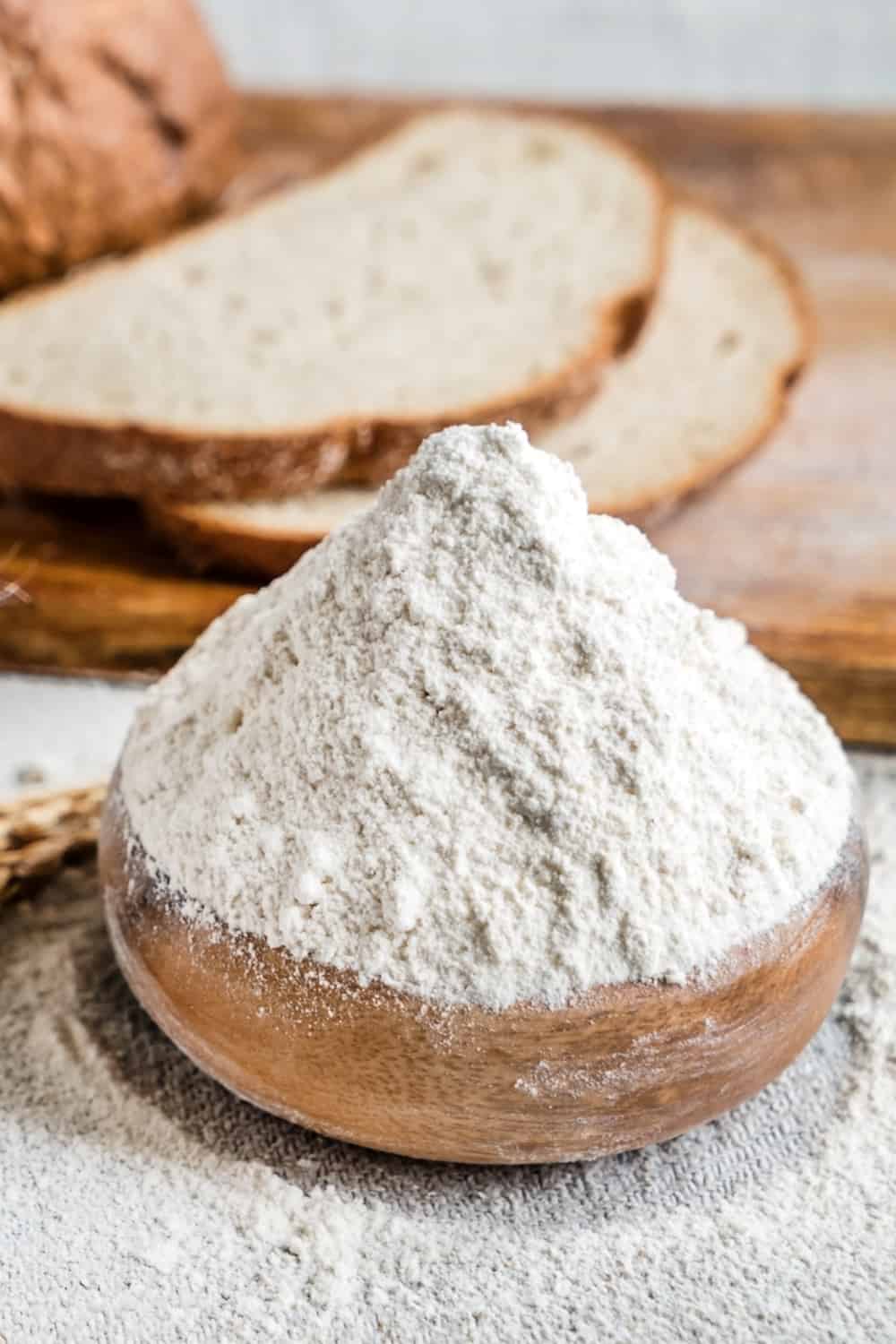
Flour is a staple food you can find in almost any home.
You usually use it in various recipes, including bread, pasta, noodles, and desserts. Plus, many DIY projects include flour as an ingredient for making homemade glue or modeling clay.
Despite its versatility, you probably ask yourself how long does flour last and does flour go bad. Let’s see.
Table of Contents
Does Flour Go Bad?
Most people believe that flour won’t spoil when stored in a dark corner of the pantry until deciding to bake cookies. Unfortunately, that is not true. There are substantial differences in the shelf life of different flour types, depending on the grain in it. Still, all flours go bad at some point after the expiration date pass.
If you keep it for too long or store it improperly, flour can go rancid and unusable for food preparation. On the other hand, you can use it for baking for several months after the labeled date if you store it well.
How Long Does Flour Last?
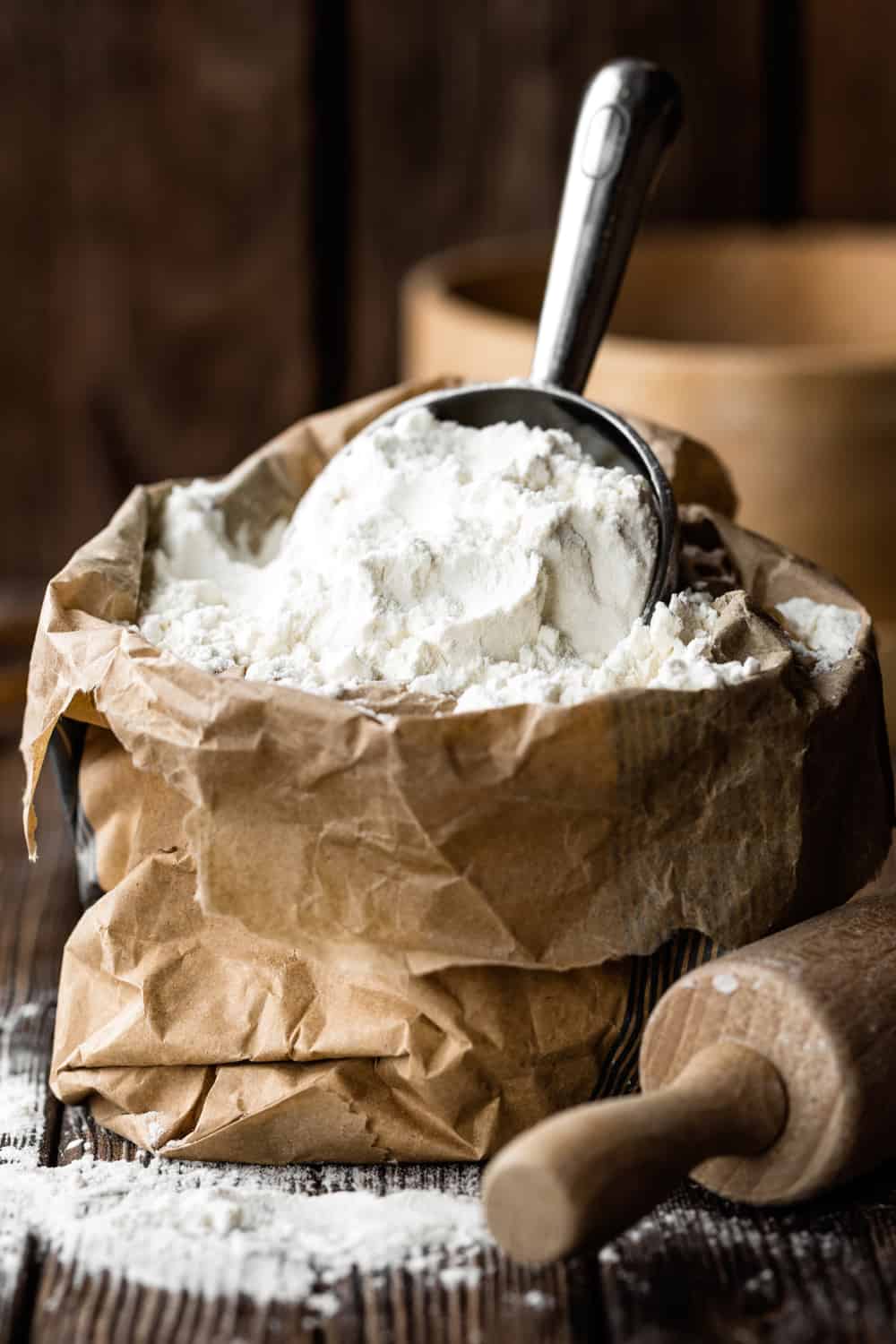
Generally, flour is a shelf-stable food you can safely keep at room temperature in a pantry. Some types are more prone to spoilage than others. For example, whole grain flour spoils much faster than the regular white. In general, it is safe to store a whole-wheat pack for a maximum of six months in a dry and dark place, while all-purpose flour lasts twice as long.
Plus, you can prolong flour lasting if you place it in a refrigerator. In that case, you need to keep it safe from moisture, so original packaging is not a wise choice. Instead, you should put it in an airtight container.
How Long Does Flour Last (Chart) |
|||
|
Flour type |
Pantry | Fridge | Freezer |
| All-purpose | 1 year | 2 years |
2 years |
|
Whole grain |
3 to 6 months | 6 to 12 months | 6 to 12 months |
| Alternative, gluten-free | 3 months | Up to 6 months |
6 to 12 months |
|
White |
6 to 12 months | 6 to 12 months | 2 years |
| Self-rising | 4 to 6 months | Up to 6 months |
6 to 12 months |
|
Bread flour |
6 months | 1 year |
1 year |
Nowadays, you can find dozens of flour types made of different grains, including gluten-free and alternative ones. The most popular alternative ones include those made from rice, coconut, potatoes, almond, and barley.
Unfortunately, they have a shorter shelf-life than ordinary wheat flour, and you can keep them for only three months in your pantry. The same goes for self-rising flour that contains baking soda and additives.
4 Tips to Tell if Flour Has Gone Bad
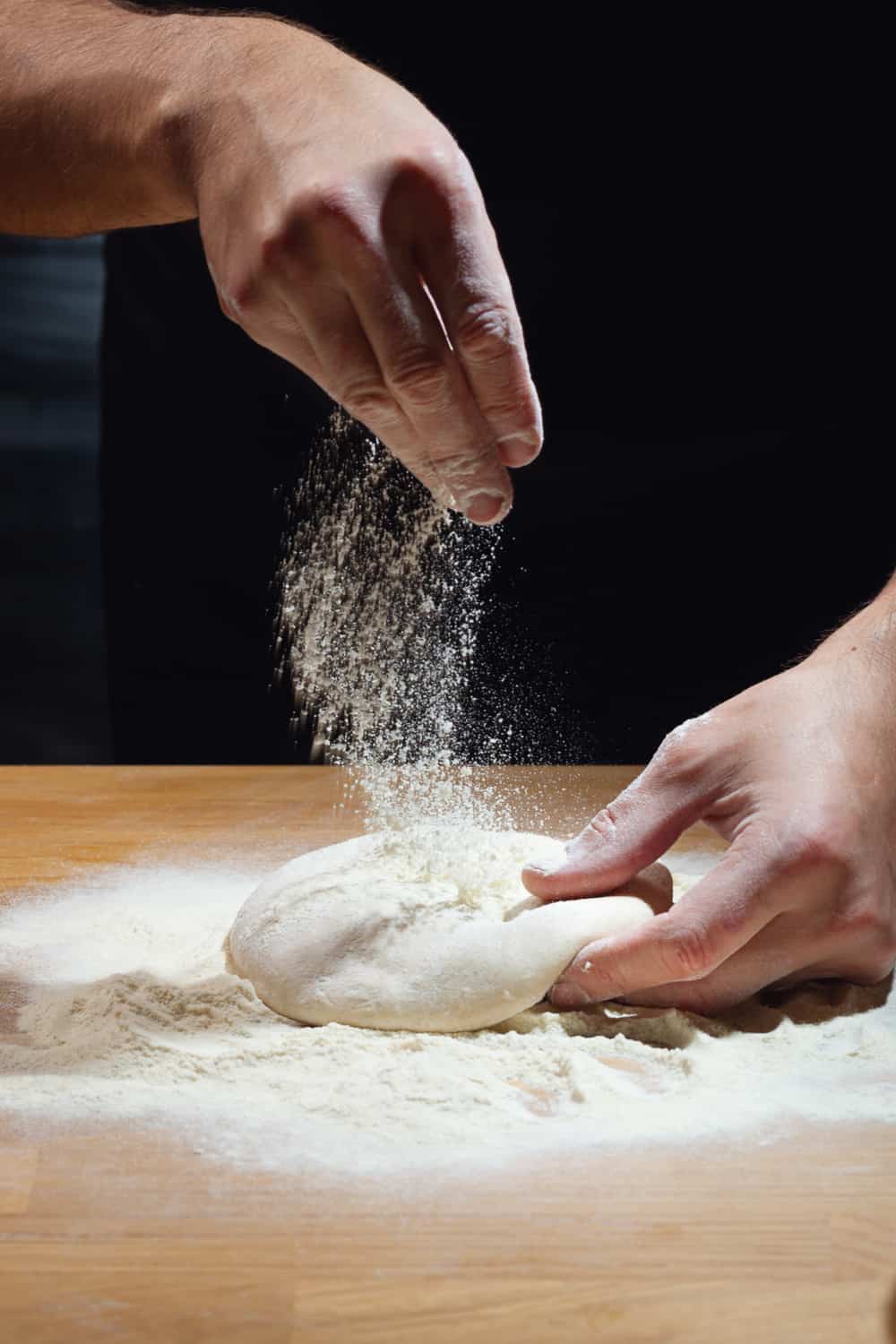
Except for improper tasting, spoiled flour can potentially endanger your health. If you doubt its quality, the better solution is to buy a new package since the flour is available and affordable food. There are four signs that your flour is not safe for consumption.
Smell
Once you open the flour package, smell it. The fresh flour has a mild, neutral odor, while the spoiled one smells rancid, musty, and stale. This flour can contain toxins, so you need to discard it.
Keep in mind that some alternative flours can have a specific odor. For example, almond flour has a strong nut aroma, but it doesn’t mean you should discard it.
Texture
Stale flour changes its texture, and you can notice lumps or even discoloration in rare cases. That flour can ruin your recipe since the dough structure will also be inappropriate.
Weevils
Insects can appear in the flour no matter how much you clean your pantry. Plus, there are also chances to buy an infected product. These bugs can quickly spread in cornflakes, rice, flour, or other grain products. Destroy them by placing flour in the freezer or toss it out if the idea of consumption disgusts you.
Mold
Any mold in flour is a warning sign, and you need to throw it away because it is not edible. Any black or blue spots indicate fungi presence, mostly due to high humidity.
3 Tips to Store Flour
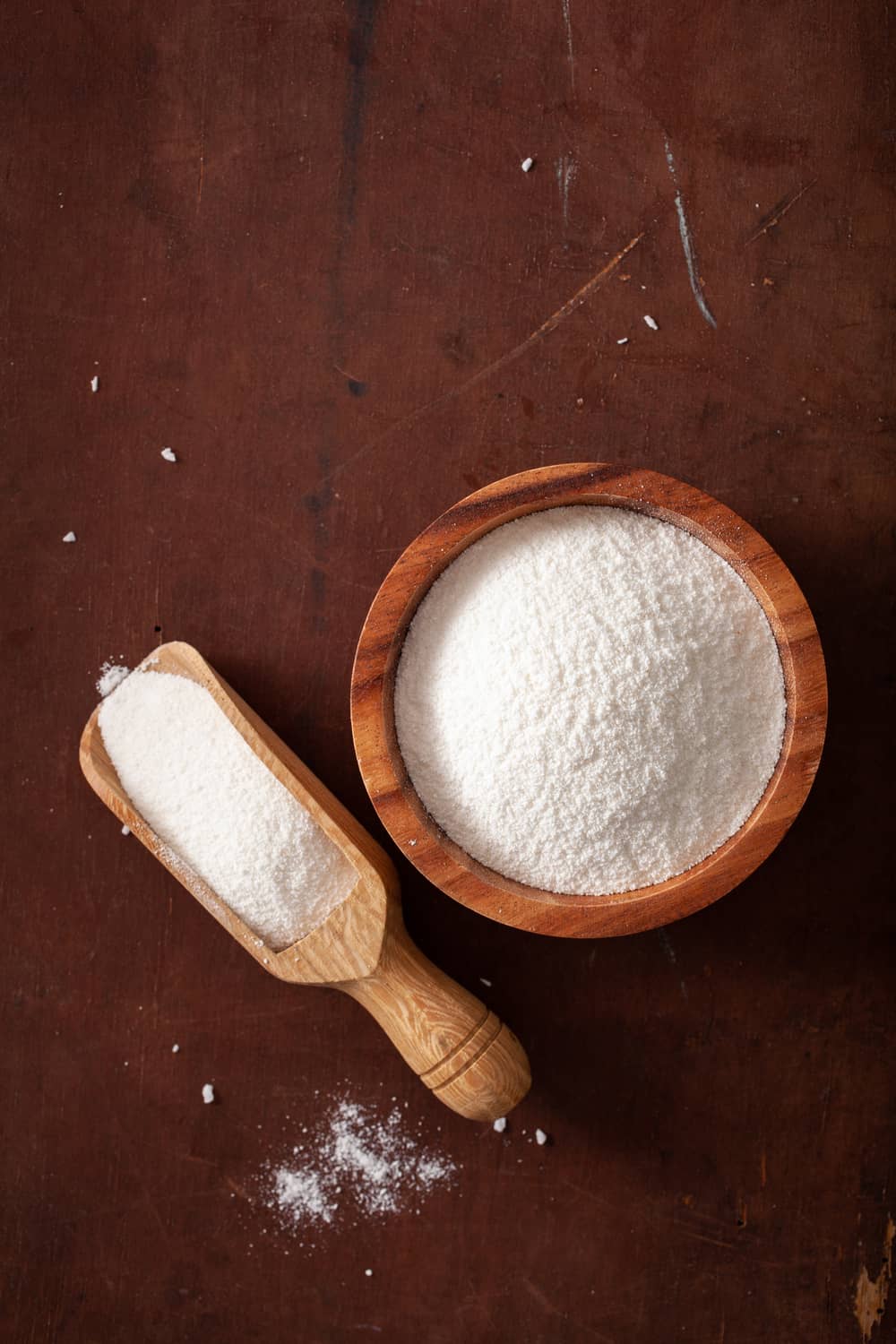
There is still a lot of time until the expiration date doesn’t mean that the flour quality is satisfying. It can still spoil or go rancid. There are a few storing tips you can use to keep flour safe.
Pantry
Always keep the flour in the original bag until opening it. Place it on a shelf with other dry foods, such as rice or cereal, in a dry and dark place, preferably your pantry.
Once you start using flour, you should place it in a glass or tightly sealed plastic container to prevent harmful moisture and pantry bugs’ action. Any vessel similar to the one for keeping coffee or salt will be usable, but Mason jar and flip-flop containers are also excellent solutions.
Avoid placing the flour bag on the floor even if you are sure that there is no moisture in your pantry. The coldness may lead to clumping and premature spoilage.
Refrigerator
Alternative flours, like coconut or almond, have a short shelf life. You will probably use them less often than whole grain or all-purpose flour, so it is better to place bags in a fridge.
Still, moisture and cold can decrease their quality after picking up the odor from other food. Prevent these problems by putting flour in an airtight container, with or without the original package.
Always write down the date if you plan to throw away the original package. Otherwise, you will probably forget when you bought the flour and leave it in a fridge for too long.
Take it out before using it, the same as you would do with a frozen flour. Keep in mind that you can end up with firm cookies full of lumps when using flour straight from the fridge.
Fridge
Freezing flour will prolong its lasting, but you can’t save it forever. Believe it or not, it can go rancid and spoil even in a freezer. Always divide it into several smaller zip lock bags and defrost only as much as you need.
If you already have flour in the freezer and add another pack, don’t place it in the same container as the frozen one. The old flour can be rancid and compromise the quality of the fresh one.
Another problem is weevils and other pantry bugs. They are not harmful and won’t bite or sting you, but most people hate the mere thought of consuming bug-infested flour.
Freezing is a great way to preserve flour infected by weevils because low temperatures destroy both larvae and adult insects. Put it in a freezer for a couple of days, then thaw and sift it thoroughly before using it as usual.
Can You Freeze Flour?
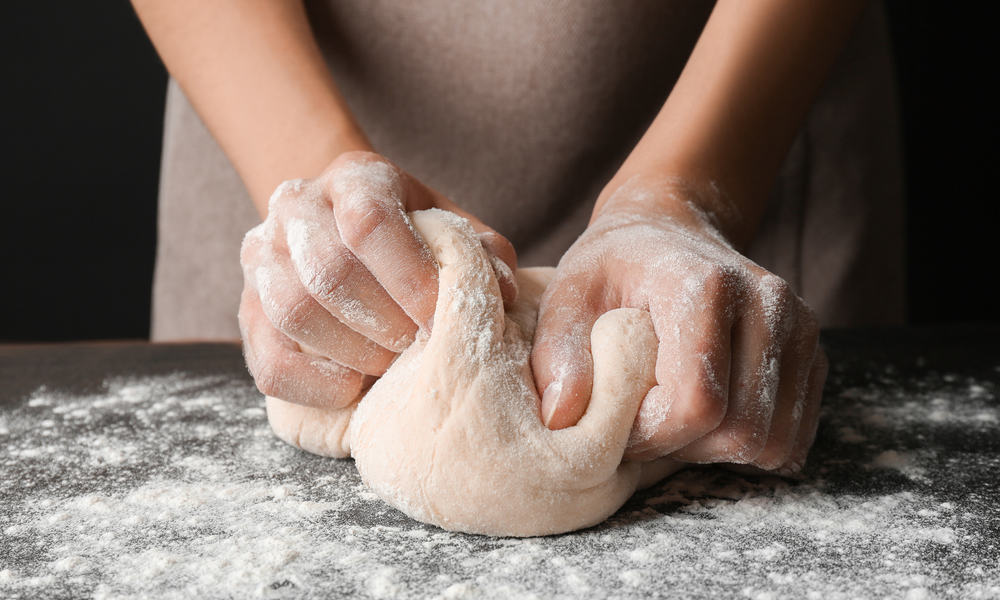
The average type of flours contains only about 10% water, and it is safe to freeze them. Plus, some of them have more vegetable fats than others, like whole-grain type, so freezing is a great way to keep it safe from going rancid.
Flour usually comes in paper or cardboard packages. If you put an unopened package in the freezer, high moisture will damage it and compromise the flour quality. A better alternative is to pack it in an airtight container or zip lock bag.
It is crucial to avoid freezing a large amount of flour in one package because you shouldn’t put it back in a fridge once thawing it. If you use flour regularly, a better option is to place a package in a refrigerator. That way, you will extend its shelf life and prevent oxidation and spoilage.
Remember to take the flour out of the fridge for at least a couple of hours before using it. Otherwise, your dough will have lumps and won’t grow properly because it is sensitive to significant temperature changes.
Leave it on a counter to adjust, so you won’t get a sticky mixture that is impossible to shape. That said, some recipes, like crusty pies, call for chilled flour because it gives the dough a flake-like texture.
The Risk if Consuming Expired Flour
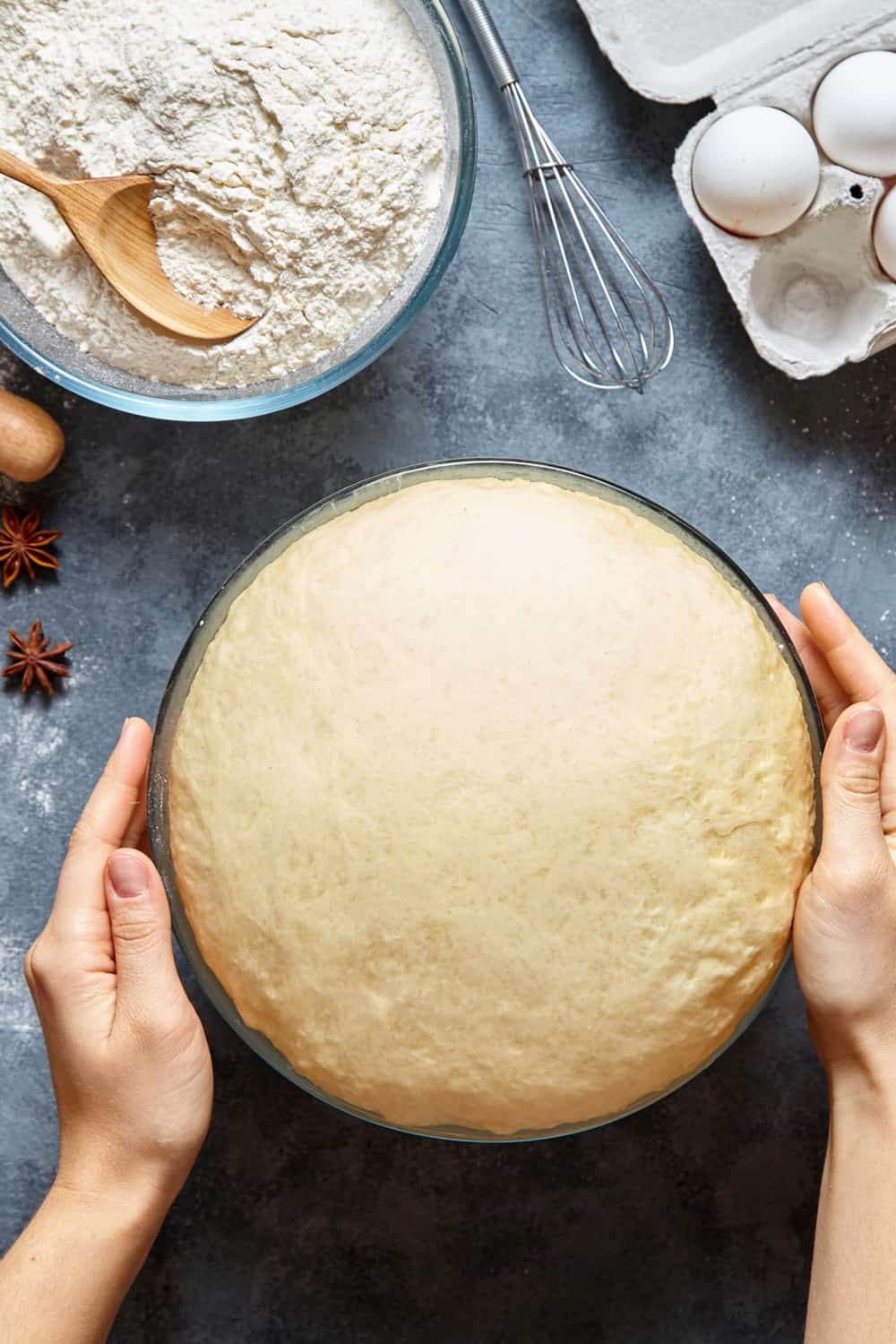
Once your flour expires, it will change its taste, so the food you prepare won’t be as tasty as when you use fresh flour. Plus, it can sometimes be harmful to ingest since the mold presence may cause food poisoning, while rancid flour contains mycotoxins.
These toxins may cause many serious diseases, such as immune suppression, kidney problems, or even cancer, if you ingest them in large quantities. Consuming raw flour also carries some risks since grain can be infected with E. coli. These bacteria cause many health issues, followed by bloody vomiting, diarrhea, and respiratory problems.
Luckily, you can destroy these bacteria by cooking and baking food. On the other hand, it is safer to avoid eating raw dough or using unprepared flour in your meal.
Summary
Flour is an essential food in every home. If you store it properly, it is safe for consumption months after the expiration date. Still, it can go bad if you expose it to moisture or fail to store it in a dark and dry place.
Weird you never once mentioned Oxygen free storage… Why?
#10 cans of a/p flour – oxygen flour can last years!